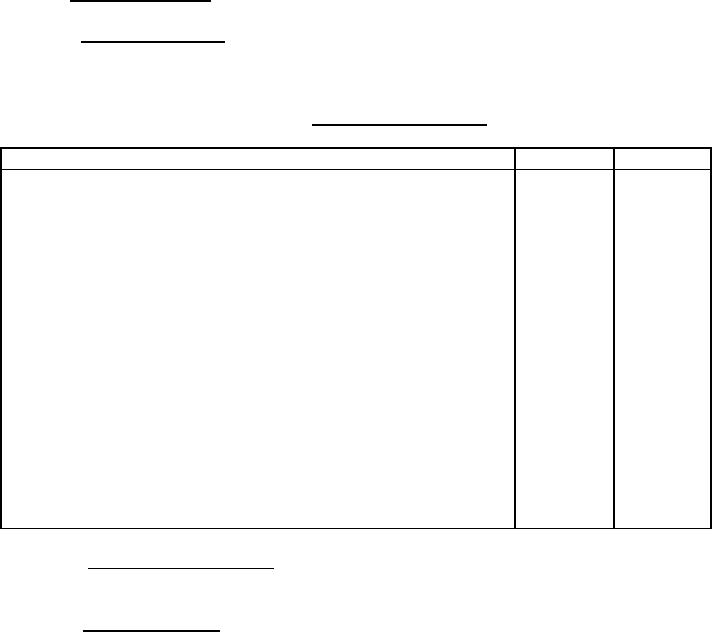
MIL-DTL-23599B(AS)
4.5 Inspection methods.
4.5.1 Visual examination. Each rescue hook selected in accordance with table I shall be
examined visually to determine conformance with this specification. Table II shall be used to
classify the defects found.
TABLE II. Classification of defects.
DEFECT
CRITICAL
MINOR
X
Material imperfections-foreign matter embedded
X
Surface-unclean, rough, misaligned or containing cracks,
nicks or other flaws
X
Any component missing, fractured, malformed, or otherwise
damaged
X
Any component loose or otherwise not securely retained
X
Incorrect assembly or improper positioning of components
X
Any functioning part that works with difficulty
X
Faulty workmanship that would materially reduce performance,
reliability, or durability
X
Faulty workmanship or defects that would not materially reduce
performance , reliability, or durability
Measurement deviating from the dimensions and tolerances
X
4.5.2 Dimensional examination. Each rescue hook selected as a sample unit shall be
thoroughly checked dimensionally to determine conformance to this specification.
4.5.3 Metal examination. The rescue hooks shall be examined to ensure that they are
free from all sharp edges, burrs, cracks or any other imperfections which could affect the
performance of the hooks. Each hook shall pass the following inspection criteria:
a. Chemical certification in accordance with SAE-AMS 5643 for forged hooks and
SAE-AMS 5355 for cast hooks.
b. Physical certification in accordance with SAE-AMS 5643 for forged hooks and
SAE-AMS 5355 for cast hooks.
c. Solution heat treat in accordance with SAE-AMS 5463 for forged hooks and
homogenization and solution heat treat in accordance with SAE-AMS 5355 for cast hooks.
d. Passivation in accordance with SAE-AMS 2700, type 2.
8
For Parts Inquires call Parts Hangar, Inc (727) 493-0744
© Copyright 2015 Integrated Publishing, Inc.
A Service Disabled Veteran Owned Small Business